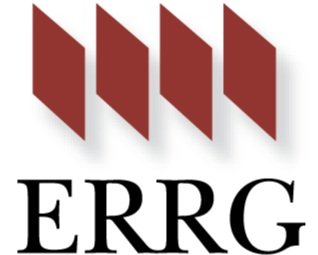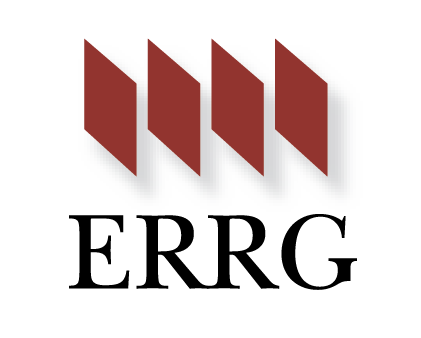Building 79 Demolition and Site Preparation
Client: The Regents of the University of California Lawrence Berkeley National Laboratory (LBNL)
Project Overview: ERRG was contracted by Lawrence Berkeley National Laboratory (LBNL) for deactivation and demolition of Building 79 (a 4,065-square foot metal-clad, slab-on-grade building) and Building 79B (a masonry structure) and foundations, removal of potentially environmentally impacted sewer/stormwater piping and soils, construction of a temporary 12kV bypass, and removal of a legacy 12kV duct bank.
ERRG performed hazardous material abatement and removal of lead-based paint (LBP), as well as asbestos-containing material (ACM), polychlorinated biphenyls, and universal wastes (e.g., fluorescent lights, mercury-containing thermostats, etc.). The lead abatement scope of work included removal of lead-based paint flakes and dust as well as lead collars/joints from wastewater piping. LBP was removed using hand scrapers and/or brushes equipped with HEPA-filtered vacuums or just HEPA vacuums and low-pressure water sprayers. LBP-related wastes, including LBP chips, HEPA filters, contaminated plastic sheeting, and used PPE were placed in properly labeled and DOT-approved 55-gallon drums or 6-mil polyethylene disposal bags for disposal as RCRA hazardous waste.
ERRG and its subcontractors completed design and construction of the temporary 12kV bypass which included the installation of approximately 1,200 linear feet (LF) of above grade conduit mounted to a retaining wall and seismic supports and approximately 600 feet of subsurface duct bank. ERRG and its subcontractors also completed the design and construction of two temporary 480-Volt bypasses, which included approximately 800 LF of above grade conduit mounted to a retaining wall.
ERRG and its subcontractors also completed the design for a retaining wall support system which was constructed concurrently with slab demolition.
As part of the demolition, ERRG safely performed hazardous material abatement and removal of LBP, as well as ACM, polychlorinated biphenyls, and universal wastes. ERRG removed more than 50 tons of construction debris, 32 tons of hazardous waste including 9.8 tons of asbestos waste, 340 lbs of e-waste, 5 lbs of universal waste, 80 tons of recyclable metal, and 102 tons of recyclable asphalt and concrete.
Distinctive/Unique Features: The final temporary 12kV reroute pathway included installation of approximately 1,200-LF of above-grade conduit mounted to a retaining wall. Due to the age and conditions of the retaining wall, in addition to concerns about available space, LBNL requested alternative designs where feasible to limit additional weight on the retaining wall. ERRG was successfully able to design and construct supports allowing approximately 640 LF of conduit to be installed on building seismic supports instead of the retaining wall.
The building slab and foundations are part of a critical retaining wall system. The relationship between the building slab and foundations and the retaining wall was previously unknown by all parties. ERRG worked with William Tucker Associates to design a shoring system that would support the existing retaining wall while allowing demolition of the building slab and foundations and providing as much space as possible for the future expansion of the neighboring electrical substation.
Challenges/Solutions: Developing a plan for the temporary 12kV reroute was incredibly complex. The reroute pathway specified in the contract SOW was not feasible as it required up to a dozen campus wide electrical shutdowns. After extensive research and coordination, ERRG and its subcontractors successfully designed and constructed the temporary 12kV reroute. Due to ERRG’s extensive communication and coordination efforts, LBNL was simultaneously able to complete several other electrical projects and repairs during the 5-day electrical shutdown, leading to the success of the largest electrical shutdown at LBNL in over a decade.
At the start of the 5-day temporary 12kV electrical shutdown, Stop Work was initiated when potentially unsafe structural conditions were observed inside a 12-foot-deep electrical maintenance hole (EMH). The conditions were evaluated by ERRG and LBNL, and within 24-hours of the Stop Work, a Restart Plan was developed and approved, allowing work to proceed within the EMH. ERRG and Rosendin Electric Inc. reorganized the outage activities so that what could have potentially added days to the outage resulted in less than a 2-hour delay.





